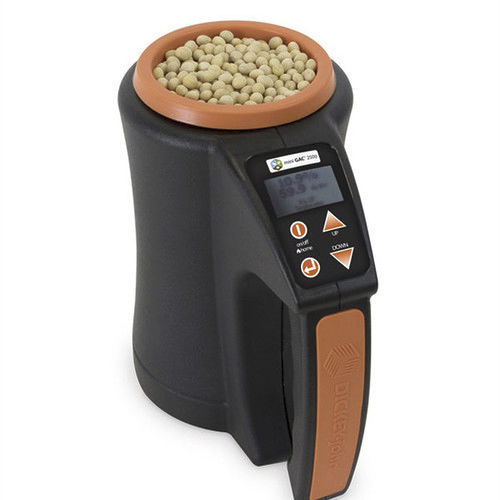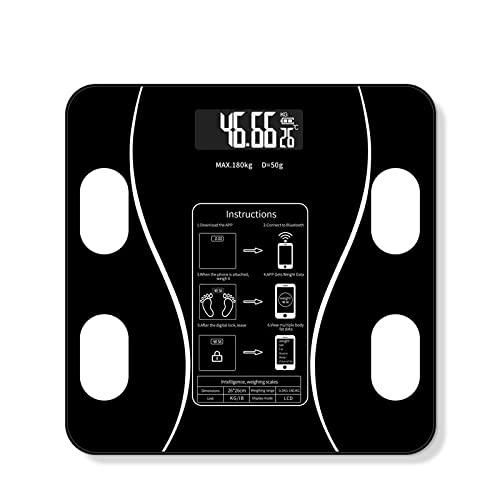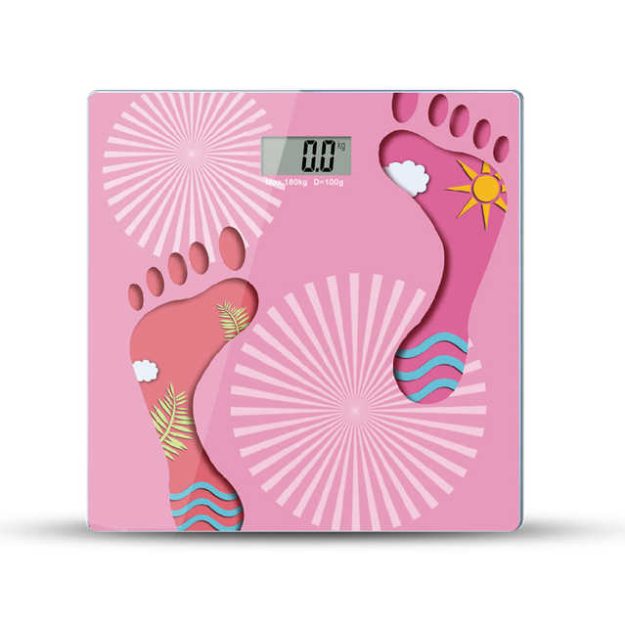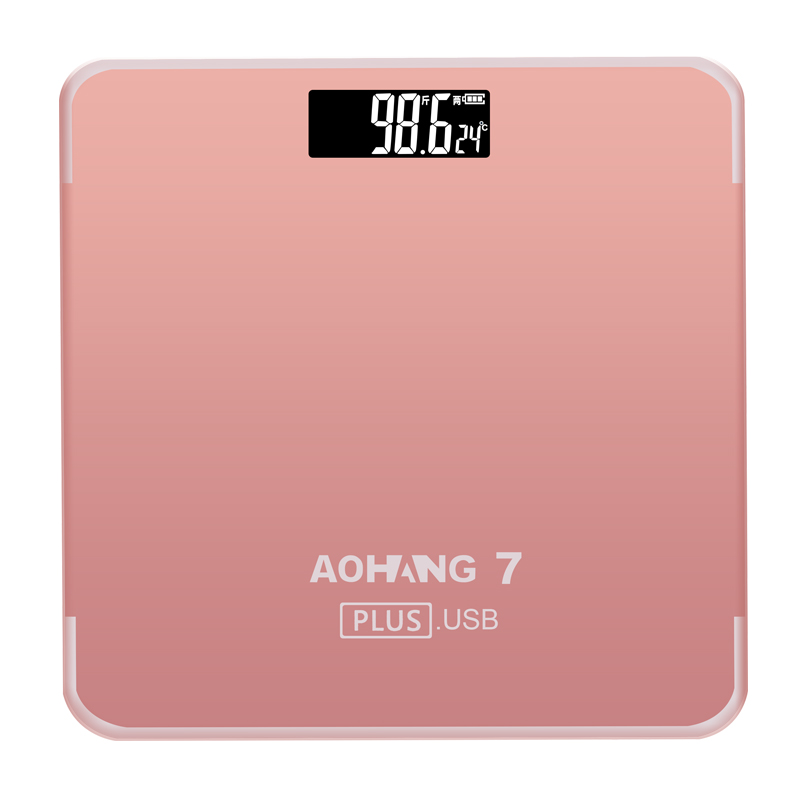Maintaining the correct moisture standard for coffee is crucial for ensuring its quality, shelf life, and market value. In Uganda, one of the leading coffee-producing countries, understanding and adhering to moisture standards is vital for both local and international markets. This guide explores the ideal moisture levels for coffee, the importance of maintaining them, and how to measure moisture accurately using tools from Eagle Weighing Systems. The Standard Moisture Level for Coffee – A Guide for Ugandan Farmers and Processors
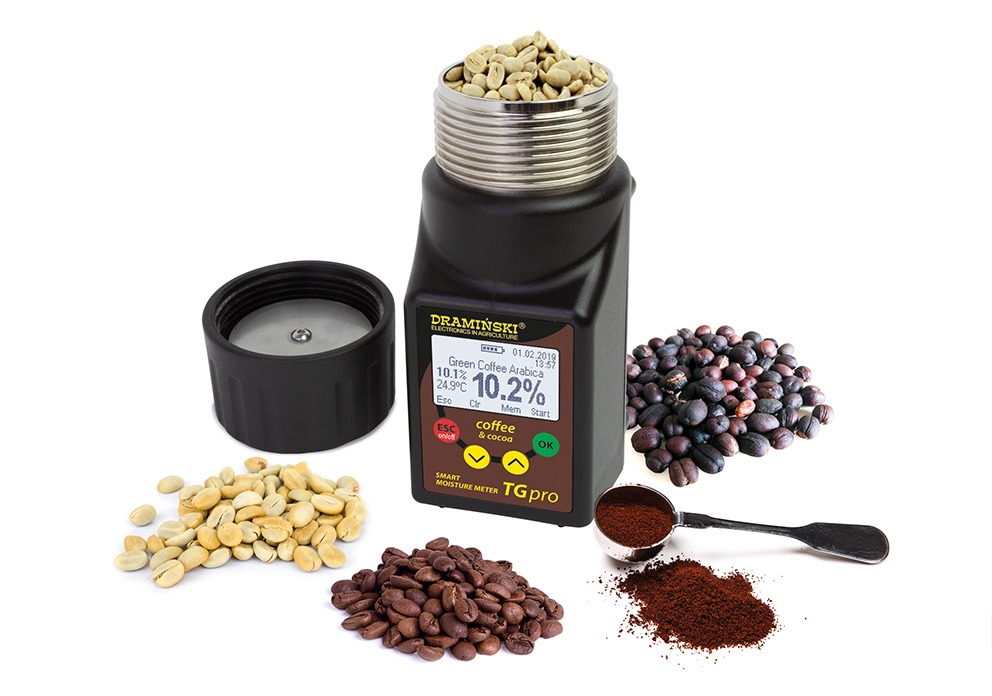
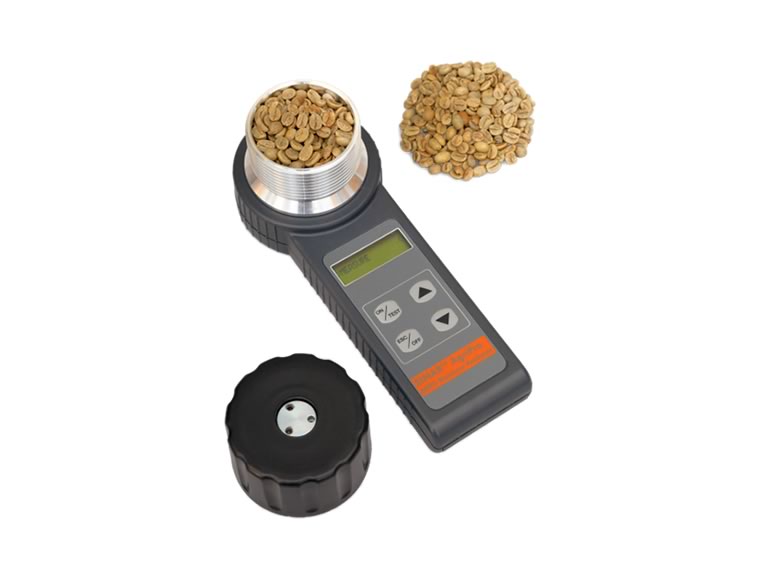
Ideal Moisture Standard for Coffee
The recommended moisture content for green coffee beans is 11% to 12.5%.
- Coffee with moisture levels below 11% becomes too dry, resulting in brittleness and flavor loss.
- Levels above 12.5% make the beans susceptible to mold, fungal growth, and degradation during storage.
Why is Moisture Content Crucial for Coffee?
1. Preservation of Quality
- Coffee beans with the correct moisture level retain their aroma, flavor, and overall quality.
- Excess moisture can lead to fermentation, resulting in undesirable flavors.
2. Preventing Spoilage
- High moisture promotes mold growth, which can render coffee unsellable.
- Moisture content above 12.5% can lead to aflatoxin contamination, a major concern for exporters.
3. Compliance with Export Standards
- Buyers and regulatory bodies, particularly in international markets, require adherence to strict moisture standards.
- Non-compliance can result in rejection or financial losses.
4. Optimal Roasting Performance
- Properly dried coffee beans roast uniformly, ensuring consistent flavor development.
Factors Affecting Coffee Moisture Levels
1. Harvesting Practices
- Harvesting coffee at the right ripeness ensures better initial moisture control.
2. Drying Techniques
- Sun-drying, mechanical drying, and controlled environments help regulate moisture levels.
3. Storage Conditions
- Improper storage exposes beans to humidity, raising moisture levels.
4. Packaging
- Vacuum-sealed or hermetically sealed bags protect against moisture absorption during transport and storage.
How to Measure Coffee Moisture
Accurate moisture measurement is essential to ensure compliance with the recommended standard. Moisture meters are the most reliable tools for this task.
1. Using a Coffee Moisture Meter
- Place a sample of green coffee beans in the moisture meter.
- Follow the device’s instructions to obtain a reading.
2. Calibration
- Use a moisture meter calibrated specifically for coffee.
3. Regular Monitoring
- Test moisture levels during drying, processing, and storage to ensure they remain within the acceptable range.
At Eagle Weighing Systems, we offer advanced moisture meters designed for coffee and other agricultural products.
How to Achieve the Ideal Moisture Level for Coffee
1. Drying
- Dry coffee cherries or parchment coffee under controlled conditions until the desired moisture level is achieved.
- Use raised drying beds for better air circulation.
2. Monitoring During Processing
- Measure moisture content at various stages to avoid overdrying or underdrying.
3. Proper Storage
- Store coffee in moisture-proof packaging in a cool, dry place.
- Avoid prolonged exposure to high humidity or fluctuating temperatures.
4. Regular Testing
- Invest in a reliable moisture meter to ensure continuous monitoring.
- Eagle Weighing Systems provides high-precision moisture meters tailored for coffee processors in Uganda.
Consequences of Incorrect Moisture Levels
1. Low Moisture (Below 11%)
- Beans become brittle, leading to breakage during handling.
- Loss of essential oils and flavor.
2. High Moisture (Above 12.5%)
- Increased risk of mold and aflatoxin contamination.
- Reduced shelf life and marketability.
Moisture Standards for Different Coffee Types
- Green Coffee Beans: 11% to 12.5%
- Roasted Coffee Beans: 2% to 5%
- Ground Coffee: 2% to 4%
Eagle Weighing Systems: Your Partner in Coffee Moisture Measurement
Why Choose Us?
- Precision Instruments: Our coffee moisture meters provide accurate and reliable results.
- Affordable Pricing: Starting at UGX 500,000.
- Expert Support: Guidance on proper moisture measurement techniques and device usage.
- Durability: Built to withstand Uganda’s agricultural conditions.
Explore our products on the Eagle Weighing Systems website or contact us on Facebook, Twitter, and YouTube.
The Standard Moisture Level for Coffee – A Guide for Ugandan Farmers and Processors
Maintaining the moisture standard of 11% to 12.5% for green coffee beans is essential for preserving quality, preventing spoilage, and meeting export requirements. By investing in accurate moisture measurement tools like those from Eagle Weighing Systems, Ugandan coffee farmers and processors can enhance their products’ market value and reputation.
Take the guesswork out of moisture management—ensure your coffee meets global standards today!

